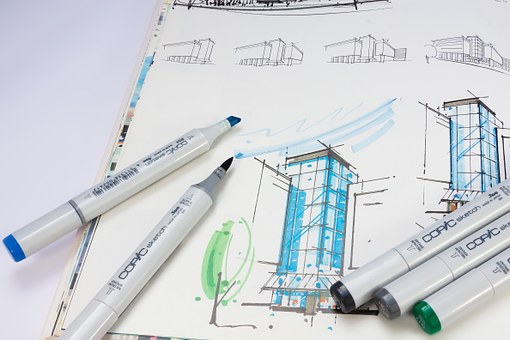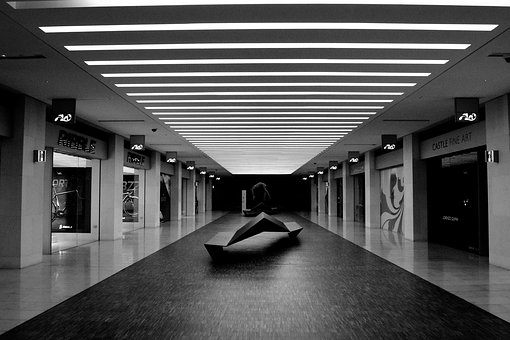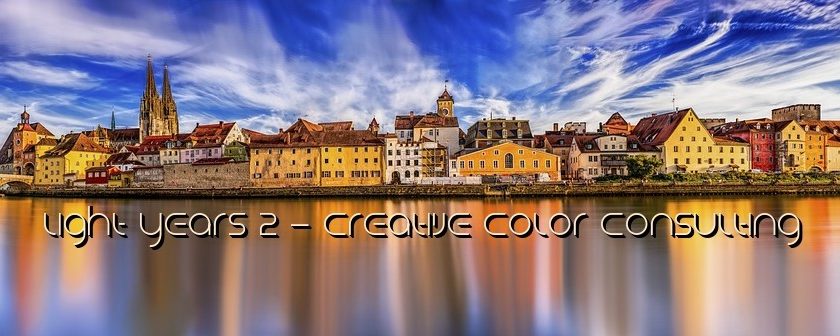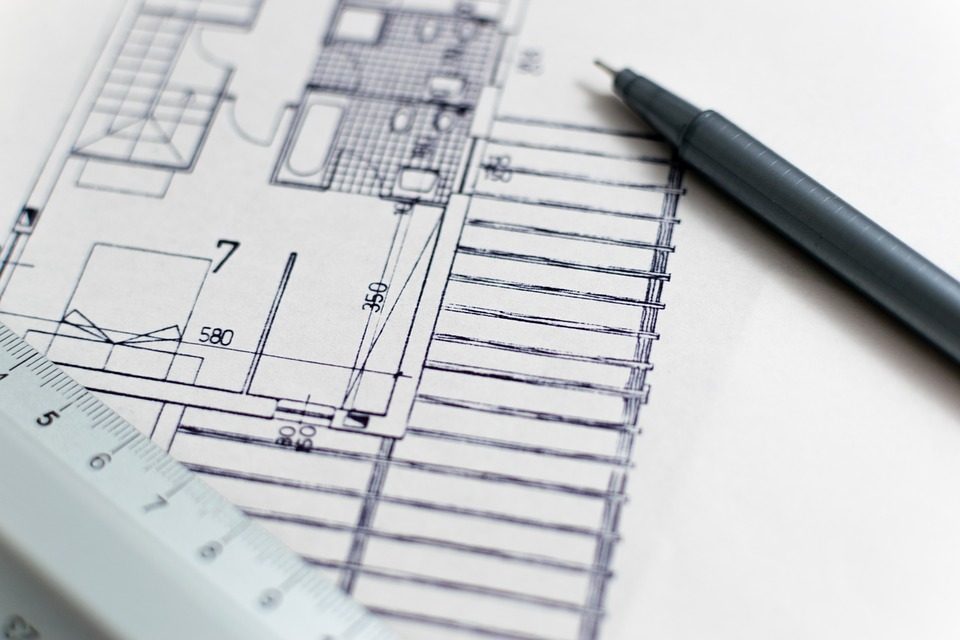For decades now, architecture that has an ecological conscience has been snubbed as being either a novelty, nerdy, or hippy. Sustainability was viewed by architecture as being a tedious but worthy legal and technical constraint. A begrudging but compliant profession has adopted tick-box regulations. Sustainable design is not sexy, but it was necessary.
However, an expanding movement of architects all over the world appears to be putting ecology onto the agenda again at the center of a new kind of cultural vanguard.

Becoming some type of architect that design buildings…
The more architect students I talk to, the more that I heard the common complaint among them: “I don’t want to be an architect.” So, despite putting in long studio hours to earn a five-year professional degree, very few peers want to actually become some type of architect that design buildings.
Apart from the regular alternatives of either graphic or interior design, there is an increasing trend in popularity for firms using architectural skills that are well beyond the scope of luxury condominiums being designed for wealthy clients. For current and prospective architects, the following are examples of companies that might not be what you might initially think they do with the degrees, but it gives you an idea of the potential of the various things they can do.
Using spatial knowledge and graphics software to analyze conflict-stricken areas …
Forensic Architecture, a recent shortlisted nominee for the 2918 Turner Prize, is a group that is based at Goldsmiths University of London that uses spatial knowledge and graphics software to analyze conflict-stricken areas. Although many of its members have been trained in architecture, this team only use architectural tools broads as a way to investigate. By stitching together audio recordings, videos, and photographs that are procured from professionals and citizen journalist, this team worked to develop a three-dimensional depiction of the 2014 Israel-Gaza war bombardment. These types of investigations and others have been used to help the United Nations and Amnesty International to visualize and analyze conflict zones.

In that case, architecture is directly engaging with world policy and affairs. Infrastructure can definitely affect urban conditions as well as make contributions to socioeconomic change. To a certain extent, architects are that building housing prototypes and community centres will help to revitalize cities. Many times, these positive intentions result in low measurable impact and high budget projects. That calls for architects to criticize the degree to which they making changes to their environments.
Architecture is a response now to an exigent social situation …
Emergency Architecture & Human Rights, a non-profit organization that is based in Copenhagen, create architecture for individuals in need-based areas according to the Sustainable Development and UN Human Rights Goals. In that situation, architecture is a response now to an exigent social situation. Design is not just appreciated, but instead, it turns into a solution that is in demand. In contrast to the cycles of the proposals and critiques of current architectural manifestos which discuss extensive solutions for solving housing crises, and architects should perhaps consider changing a single small-scale condition one by one.
Daan Roosegaarde, an architecture-trained innovator, calls his innovator a “social design lab,” creates urban design projects and installations that enhance, change, and alter our views on public spaces. In the hands of Studio Roosegaarde, it is paradigm-changing and investigative, instead of passive products that are subjective to the economy and client whims. Not only can design influence people and the environment directly, but it can also have a purpose for social change and beautification.

That doesn’t suggest by any means that each design has to have a humanitarian or altruistic purpose, but instead to display the extent that architectural thinking has on other types of applications. That recognizes that design solutions don’t need to be limited to only an innovative structural study or material exploration, but instead, how architects see the world can turn into a tool itself.
From Vitruvius through to Brunelleschi, those architects were scientists and artists and leaders and mathematicians whose diverse knowledge now is being traded off by our educational systems who would like to specialize in creating an “Architect.” In our quest to create autonomous buildings, have we forgot to explore the world? We need architecture communities and schools to develop and recognize projects the go beyond the scope of designing buildings and recognizing skills for becoming multifaceted designers.

